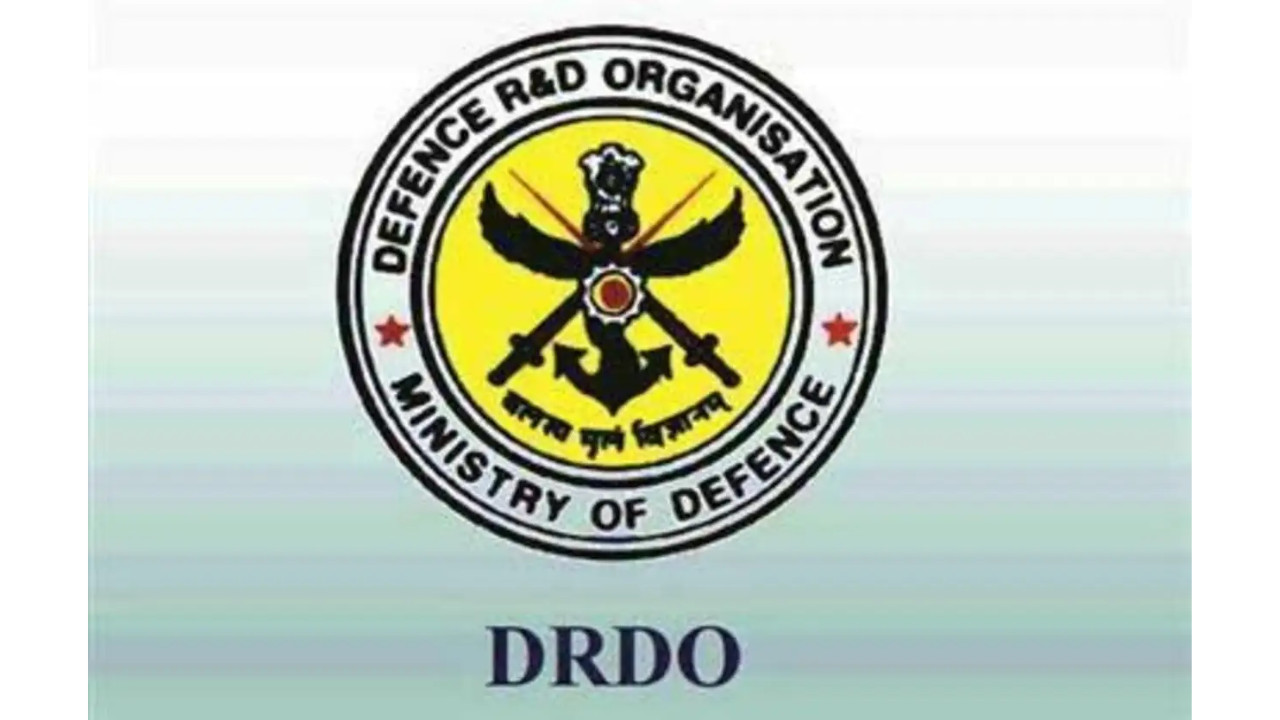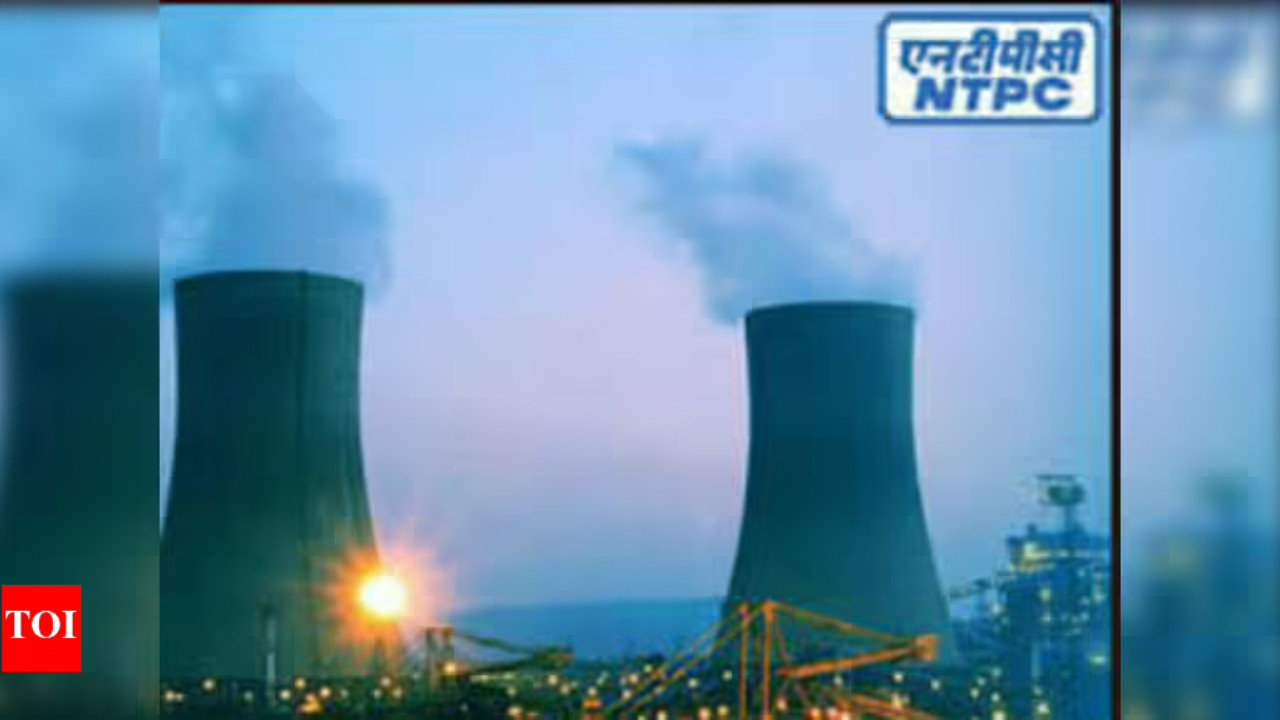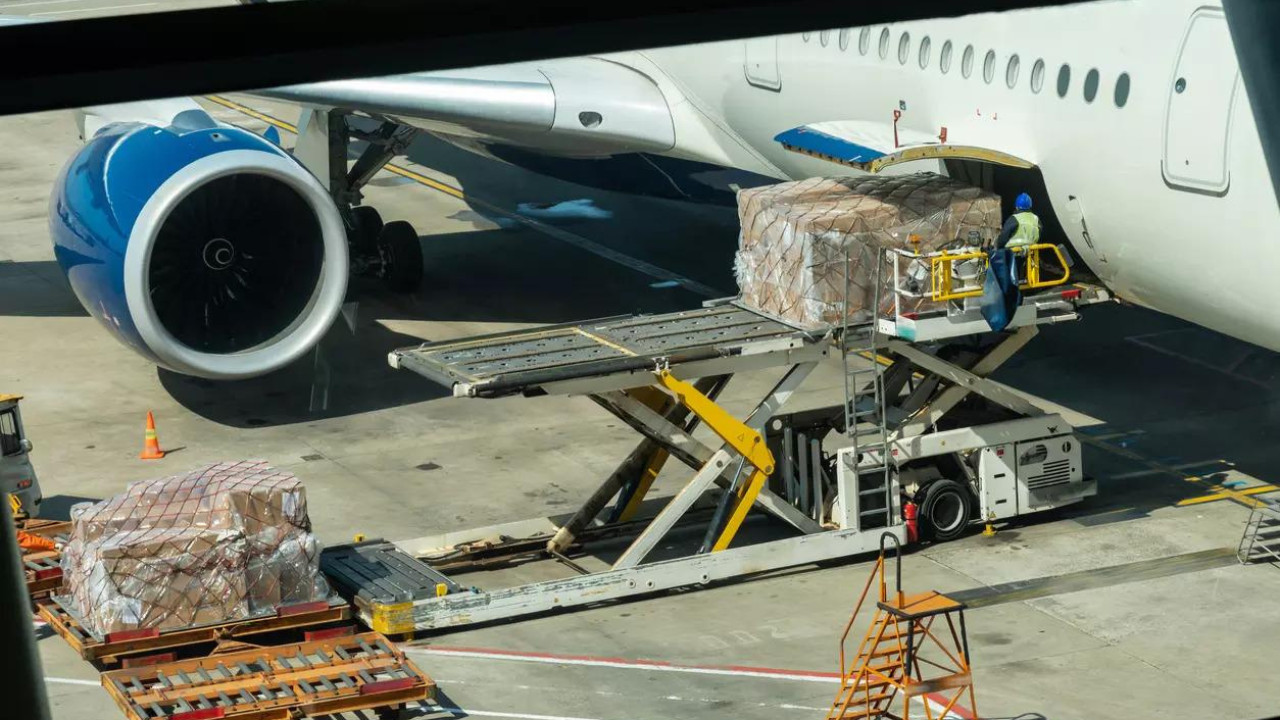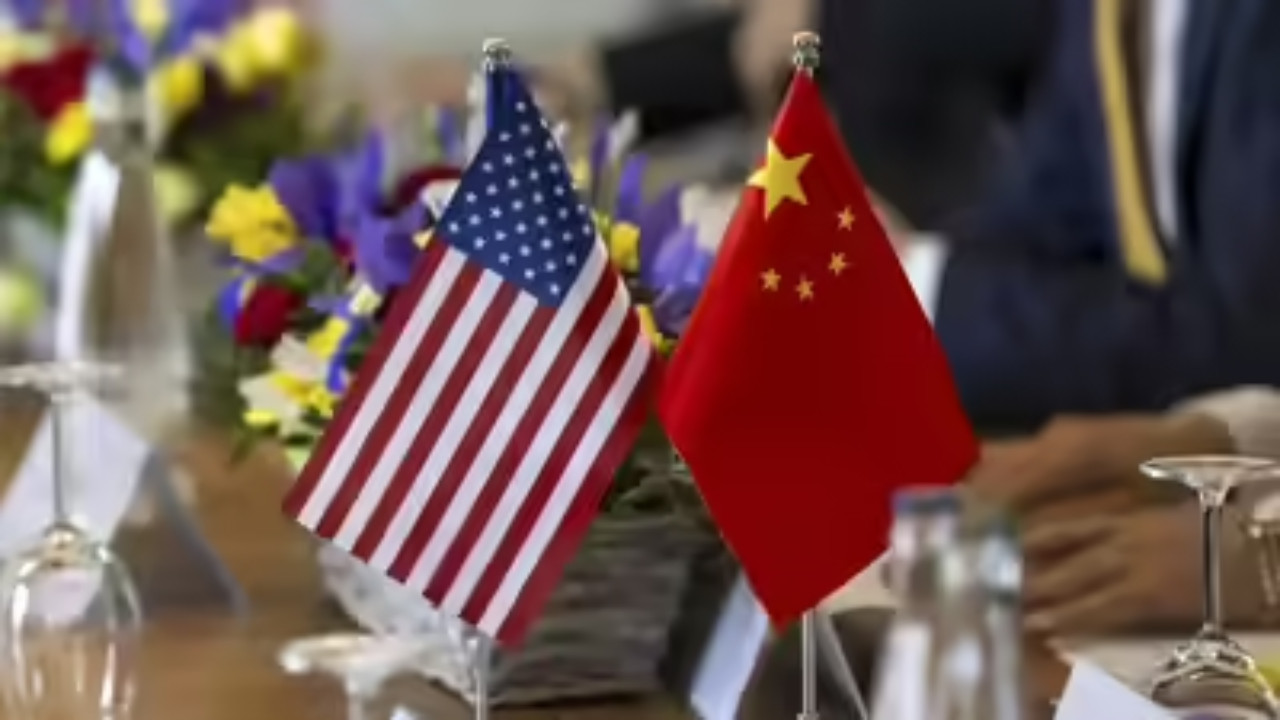DRDO has significantly boosted India’s defence self-reliance by signing over 2,000 technology transfer agreements and issuing 200 production licenses in 2024. Private industries are receiving financial support and technical guidance to develop core military technologies. The CII Manufacturing Conclave East also highlighted the need for synchronizing manufacturing with logistics and eastern India’s industrial growth.
India’s Defense Tech Revolution: How DRDO is Fueling Indigenous Innovation
The winds of change are sweeping through India’s defense sector, and they’re carrying with them a powerful current of indigenous innovation. Forget the old image of reliance on foreign suppliers; a quiet revolution is underway, driven by the Defence Research and Development Organisation (DRDO). The sheer scale of their recent technology transfer efforts is nothing short of remarkable.
Let’s talk numbers, because they paint a compelling picture. In 2024 alone, DRDO has inked over 2000 technology transfer agreements and issued 200 licenses. That’s not just incremental progress; it’s a seismic shift. What’s fueling this surge? The answer lies in a conscious and concerted effort to empower Indian industries, particularly Micro, Small, and Medium Enterprises (MSMEs), and startups.
But this isn’t simply about hitting targets. It’s about building a self-reliant defense ecosystem, a cornerstone of national security and economic growth.
The Driving Force Behind DRDO’s Tech Transfer Spree
DRDO’s strategy is multifaceted. They’re not just handing over blueprints; they’re actively nurturing partnerships. This includes providing training, technical support, and even access to testing facilities. The goal is to ensure that Indian companies can not only manufacture DRDO-developed technologies but also innovate and improve upon them. This collaborative approach is proving to be a game-changer.
One key element is the Technology Transfer Scheme (TATS), which has been instrumental in streamlining the process and making it more accessible to businesses of all sizes. TATS aims to bridge the gap between research labs and production lines, facilitating the smooth transition of cutting-edge technologies from DRDO to the private sector.

Empowering MSMEs and Startups Through DRDO Technology Transfer
The focus on MSMEs and startups is particularly noteworthy. These nimble and innovative players are often the engine of disruptive technologies. By providing them with access to DRDO’s vast portfolio of intellectual property, India is unleashing a wave of entrepreneurial activity in the defense sector.
Imagine a small startup specializing in advanced materials gaining access to DRDO’s research on lightweight armor. Suddenly, they have the potential to develop and market innovative protection solutions for soldiers and vehicles. This kind of scenario is playing out across a range of technological domains, from electronics and sensors to cybersecurity and artificial intelligence.
The impact extends beyond just defense. Many of these technologies have civilian applications, creating opportunities for diversification and economic growth in other sectors. For example, advanced sensor technologies developed for military surveillance can be adapted for environmental monitoring or infrastructure management.
The Broader Implications: A Self-Reliant India
This surge in DRDO technology transfer is more than just a series of deals; it’s a strategic move towards greater self-reliance in defense. By building a robust indigenous defense industry, India can reduce its dependence on foreign suppliers, save valuable foreign exchange, and create jobs.
Moreover, it enhances national security by ensuring a reliable supply of critical defense equipment and technologies. In a world characterized by geopolitical uncertainty, this is a crucial advantage. This shift is also changing perceptions. India is increasingly being seen not just as a buyer of defense technology, but as a potential exporter.
Consider exploring our article on [India’s rising role in global defense exports](internal-link-here.com) to understand the bigger picture.
Looking Ahead: Sustaining the Momentum of DRDO Technology Transfer
The progress made in 2024 is undoubtedly impressive, but the journey is far from over. Sustaining this momentum requires continued investment in research and development, a supportive regulatory environment, and a strong commitment to fostering collaboration between DRDO, industry, and academia. By continuing to nurture this ecosystem, India can solidify its position as a major player in the global defense arena. The future of India’s defense sector is looking brighter than ever, powered by indigenous innovation and driven by the transformative power of DRDO’s technology transfer initiatives.







